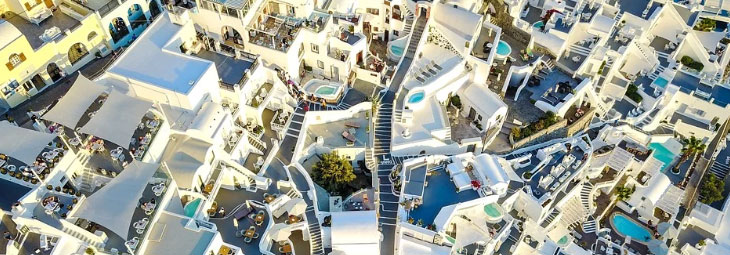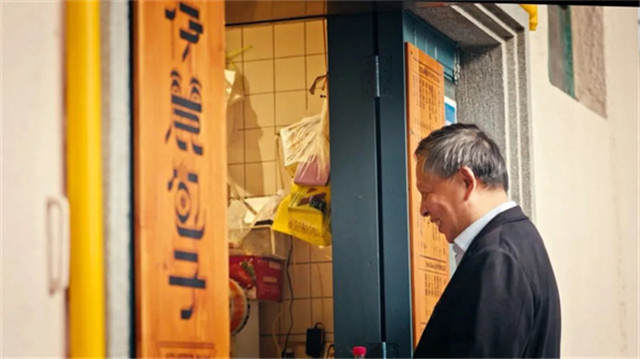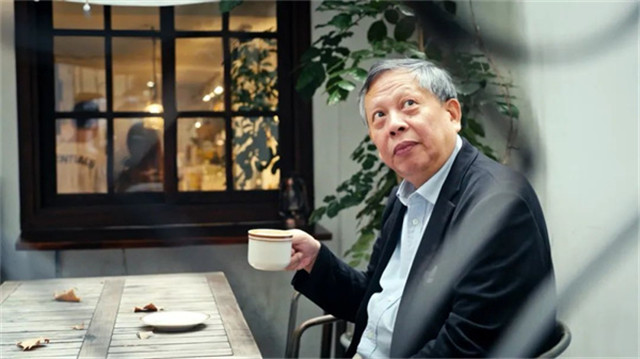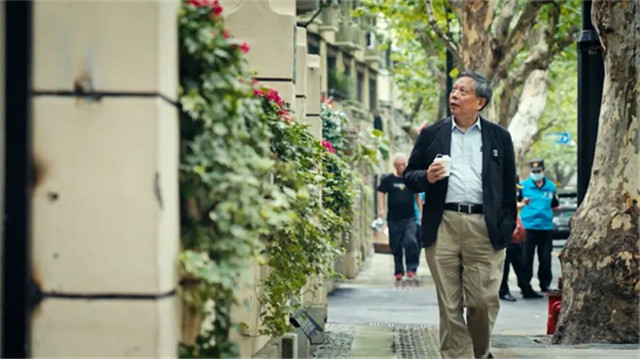


Deputy Chairman of the China Urban Planning Society, former Executive Vice President, and Professor at Tongji University
In a series of important discourses on urban work by President Xi Jinping, the concept of the people-oriented city is at the heart of his thinking. "A city for the people is built by the people; a city for the people serves the people." In urban construction, it is essential to implement the development philosophy centered on the people, reasonably arrange spaces for production, living, and ecology, strive to expand public space, provide places for citizens to relax, exercise, and entertain, and make cities a paradise for people to live and work in. The concept of the people-oriented city is the core content of China’s modern urban governance system and provides guidance for urban construction and development in China.
I. The "People-Oriented City" is the Core Value of Urban Development
Cities carry the collective memory of human society, are the main depository space for the advancement of human civilization, and are significant material carriers of human civilization. Human civilization relies on the continuous creation, inheritance, and sublimation by each generation. Each one of us is a creator and inheritor of civilization. All tangible and intangible cultural heritage in cities precipitates the bits and pieces of human civilization, which must be protected and inherited for the continuous development of human civilization.
The "people-oriented city" is the fundamental value orientation of a city. At its core, it aims to continuously improve urban functions, enhance public service capabilities and spatial quality, and constantly increase livability levels. On a foundational level, it seeks to continuously upgrade the economic capacity of the city, stimulate urban productivity and creativity. Essentially, it involves continuously exploring and protecting the historical and cultural heritage of cities, continuing the city's cultural lineage, promoting cultural innovation and prosperity. Fundamentally, it means consistently ensuring fairness and justice in the city, resolving and eliminating urban conflicts, creating social harmony and civilized progress, persistently adhering to green and low-carbon development, and strengthening the safety resilience and sustainability of the city.

Wu Jiang
II. Continuously Improving and Optimizing Public Service Spaces in Cities
Continuously improving and optimizing urban functions and enhancing the quality of services and spaces, especially the public service functions and public space quality of cities, meet the needs of creating the most suitable living and working spaces for people, embodying the people-orientation of cities, which is also the fundamental value of cities.
Cities are survival spaces created by humans for themselves, and the spatial scale of cities should naturally conform to human scale. "Huge does not equal great," the pursuit of "greatness" in spirit should not be simply understood as huge scales. Especially in the design of urban public service spaces, we should not blindly pursue large-scale layouts or aimlessly seek bigness. Today's technological development and spatial demands have led to some buildings being built taller and larger, but the human scale has not increased accordingly. Therefore, the larger the super-scale building, the more it needs to create a sense of human scale, allowing people to feel their existence and individual value in vast urban spaces.

Wu Jiang
III. The “People-Oriented City” Should Build a Community of Six “Sheng” (Life) Elements
The concept of the people-oriented city is not only a theoretical proposition but also a practical one. According to me, the value system of the people-oriented city mainly includes a community of six “sheng” (life), which are also our points of practical effort.
1. Survival Community of “Safety Resilience”: Life and living safety are the primary indicators of urban happiness and the basic bottom line of urban beauty. It should optimize and upgrade planning and construction standards, improve the disaster prevention facilities system of cities, enhance the city's ability to withstand various disasters; strengthen adaptive planning and construction of cities in response to environmental changes, especially climate change; establish and improve mechanisms for responding to emergencies in cities, perfect various emergency state plans and related facilities, etc.
2. Living Community of “Comfortable Living and Thriving Business”: A city gains vitality and meaning because of its people, and where there are people, there is “human warmth”. Cherishing the “market flavor” and “smoky air” of the city, the convenience of citizens’ lives and living space is more important than the excessive “cleanliness and uniformity” of the city. Urban governance should avoid having an obsession with cleanliness; while the tidiness and beauty of the city’s appearance are important, “urban beautification” should not go too far and certainly not at the expense of the daily life convenience of citizens.
3. Production Community of “Sustainable Growth”: Economic development is the core and key to urban development. One of the main tasks of urban renewal is to continuously meet the spatial needs of economic development through continuous updates, continuously improving the economic capacity of cities. Steady economic growth requires sustained technological innovation and the continuous development of new productive forces to drive. Urban renewal is about tapping into and revitalizing existing inefficient spatial resources in cities, meeting the needs of new economic activities through spatial optimization and infrastructure improvements, especially the need for new productive spaces brought about by new productive forces.
4. Vitality Community of “Diversity and Inclusiveness”: A very important point in urban planning, construction, and governance is to turn abstract individuals into specific ones, shifting from “people” to “everyone”. Urban development must maximize the satisfaction of all people's needs, create a beautiful life for every citizen, let everyone feel happy, ensure equal opportunities for everyone, especially guarantee the needs of vulnerable groups, and ultimately achieve social fairness and justice.
5. Legacy Community of “Continuous Transmission”: Modernization is not only the modernization of material life but also the modernization of spiritual life. An important aspect of the modernization of spiritual life is the awareness of protecting and inheriting historical culture. The historical and cultural heritage of cities has never been a burden to urban development but rather a source of stimulating urban vitality and the foundation of urban innovative value. Historical protection in cities is not just for remembering yesterday but also for creating a better today and leaving a complete tomorrow for future generations.
6. Ecological Community of “Iterative Evolution”: Ecological green is the focus of current urban development, and it must not damage the development space of future generations for the benefit of one generation. While strengthening the planning and construction of the urban green system, it is even more important to respect and protect existing greening and vegetation. Attention should be paid not only to plant configuration for beautification purposes but also to the comprehensive ecological effects and carbon sink effects of plants. Strengthen the protection and management of urban water systems, especially respecting the flow of existing urban water systems, appropriately restoring historical water systems under permissible conditions, and enhancing the water retention and permeability of land to improve the public and ecological effects of urban waterfront spaces. Strengthen the systematic and network nature of urban ecological spaces, both by strengthening suburban forests and ecological green spaces around cities and by appropriately increasing small street green spaces and pocket parks in central urban areas.

Wu Jiang
Photo Source: The Wen Hui Daily
Edited by Jiangyu Chen with reference to https://mp.weixin.qq.com/s/BL6riH9XB0YXisry6F _T2Q